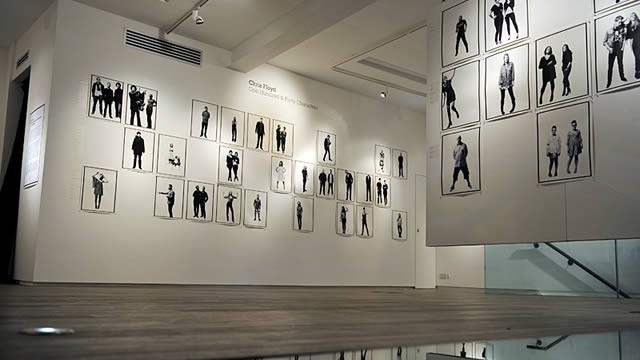

"When appraising Beck's design, it is crucially important to look at what came before. While Beck's design was revolutionary, he didn't completely develop it in a vacuum. Distance, direction and existence - i.e., whether a place is on the Tube map or not - all get distorted and continue to do so today." "However, the effect was also to change users' mental maps of London, not just in making the city seem like a functioning metropolis, but actually affecting their geographical understanding of the city. "The positive image Beck provided encouraged more people to use the Underground to get around the city because it presented the system as a rational, efficient and thoroughly modern means of transport," Kent says. Instead, "his design ruthlessly imagined traveling by Underground, and the problem of planning journeys, from a user's perspective to the extent that geography - usually crucial for a map - was discarded," says Kent.Īs a result, Beck's map had a major impact.

While previous map designs had retained geographical fidelity, Beck understood that wasn't particularly relevant to travelers, to whom lines, stops and connections mattered most, according to Kent. He's a reader in cartography and geographic information science at Canterbury Christ Church University in the U.K. "Beck's design presented a radical step in both the history of the Underground and in the visual communication of information, because it both met the needs of travelers and revolutionized the image of traveling by Tube," Alexander J. In 1933, 750,000 copies of Beck's map were printed and, before long, his modernistic diagram became the go-to resource for Tube travelers and is still the map used by Londoners and visitors today. But after he made some minor revisions, it was accepted a year later. When Beck submitted his design to the board of the Publicity Office of the Underground Electric Railways of London (UERL) in 1931, it initially was rejected. "Interchange stations were also highlighted." "The map simplified the layout of the lines enlarging the central area in relation to the outlying districts and using only vertical, horizontal and 45 degree diagonal lines," explains the website of the London Transport Museum.


 0 kommentar(er)
0 kommentar(er)
